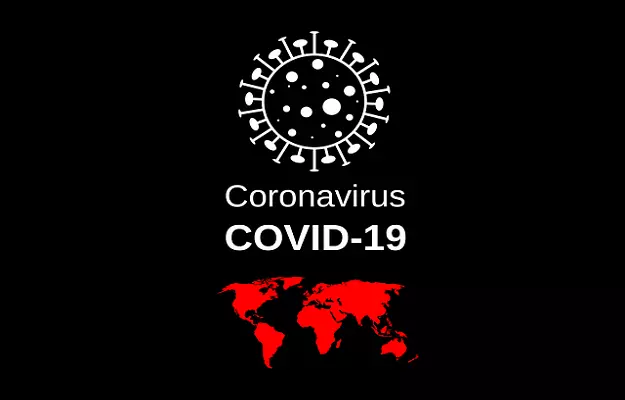Since COVID-19 was temporarily named the novel coronavirus disease, there is still a lot of confusion about this infection. COVID-19 was given its official name in February 2020 but a lot of people still have some confusion about how COVID-19 is different from the coronavirus (if at all).
First, it is important to understand that COVID-19 is the name of the disease. It is caused by a virus named SARS-COV-2.
On the other hand, coronavirus is a group of viruses, having a similar structure and genetic sequence. Corona is a Latin word that translates to 'crown'; all coronaviruses have crown-like projections on their surface.
Here are some more differences between coronavirus and COVID-19.
Coronavirus
Coronaviruses are all RNA based viruses - just like DNA (deoxyribonucleic acid) codes for your traits, RNA (ribonucleic acid) is a type of genetic material that codes for all the structure and function of coronaviruses.
Coronaviruses are not new, they have been there for a while now. The first strain of coronaviruses was isolated in the 1960s. Currently, there are seven known types of coronaviruses. Four of these cause common cold. These include - NL63, 229E (alpha coronaviruses) and HKU1 and OC43 (beta coronaviruses).
Severe acute respiratory syndrome (SARS) is caused by the SARS-CoV-1 virus in the Coronaviridae family of coronaviruses. SARS also causes respiratory illness and presents with a dry cough, fever, muscle ache, headache and shivering. SARS virus was responsible for causing an epidemic in the year 2002-03, affecting about 26 countries and around 8000 people. It is thought to be spread from bats. Pneumonia does not occur in SARS and there have not been any reported cases of SARS after 2004.
Middle Eastern respiratory syndrome (MERS) is yet another type of coronavirus that has caused outbreaks in the Middle Eastern countries (hence the name) in the last decade. It is caused by the virus MERS-CoV, which was first identified in the year 2012 in Saudi Arabia. Just like the rest of the coronaviruses, MERS causes respiratory illness and manifests in the form of cough, fever, shortness of breath and pneumonia. Camels are the animal reservoirs for MERS. The last MERS outbreak was seen in the year 2018, with around 2,200 patients and about 790 deaths - most of them in Saudi Arabia.
In 2015, a MERS outbreak also occurred in South Korea.
MERS cases have also been reported in other countries including the USA, Tunisia, Italy, France and Germany.
COVID-19
COVID-19 is a type of coronavirus disease just like SARS and MERS. It is caused by the virus SARS-CoV-2.
The name of COVID-19 virus is very similar to the SARS virus since the two have similar genetic structure, as per the International Committee on Taxonomy of Viruses (the organisation that names and classifies all the viruses in the world).
The first case of COVID-19 was reported in Wuhan, Hubei province in China in the year 2019. It is thought to have spread from the Wuhan wet market which sells all kinds of animal meat (including that of exotic animals) and seafood. Human to human transmission was noted later on and the virus quickly spread to the world, leading to the COVID-19 pandemic of 2019-2020. Snakes or bats are considered to be the possible hosts of the virus and pangolins as the intermediate hosts. However, not much can be said for sure about the animal reservoir of SARS-CoV-2 at this point.
COVID-19 spreads through direct contact with the infected person (like living in the same house as them, spending time around them at work or caring for a COVID-19 patient) or coming in contact with contaminated surfaces (fomites). The virus can stay viable on various surfaces for varying time periods - up to a day on cardboard and three days on plastic and steel.
Common symptoms of COVID-19 include fever, cough and shortness of breath. Pneumonia occurs in severe cases.
There is no treatment for any of the coronaviruses so far. All of the severe cases are controlled through symptomatic management, maintaining fluid and electrolyte balance and proper rest. Oxygen therapy and ventilators are needed in case of breathing difficulties.
Social distancing and isolation of the patient along with good hygienic practices remain the best preventive option for all three severe coronavirus diseases.





















